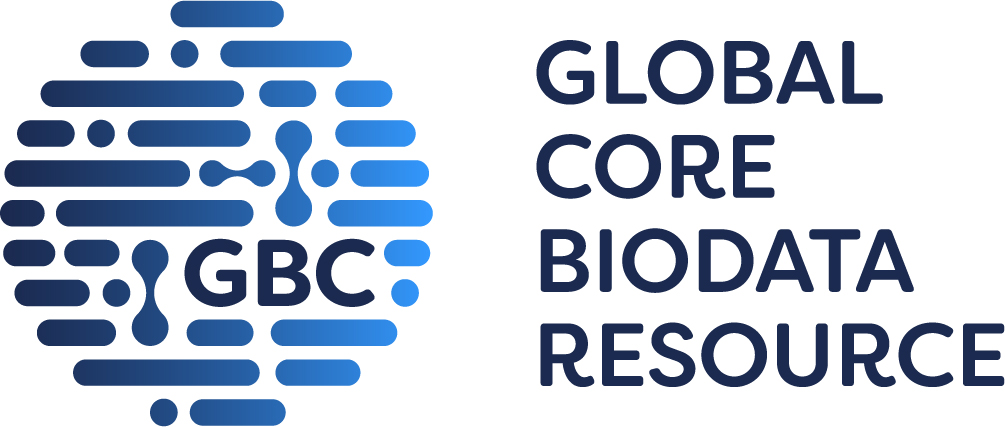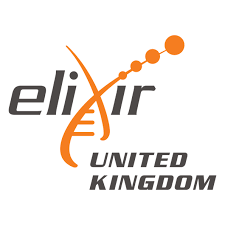
lazucirnon [Ligand Id: 10653] activity data from GtoPdb and ChEMBL
Click here for a description of the charts and data table
Please tell us if you are using this feature and what you think!
| ChEMBL ligand: CHEMBL3670800 (Akst4290, AKST-4290, AKST4290, ALK-429, ALK429, Alk4290, ALK-4290, ALK4290, BI144807, Lazucirnon) |
|---|
There should be some charts here, you may need to enable JavaScript!
|
| DB | Assay description | Assay Type | Standard value | Standard parameter | Original value | Original units | Original parameter | Reference |
|---|---|---|---|---|---|---|---|---|
| CCR3/C-C chemokine receptor type 3 in Human (target type: SINGLE PROTEIN) [ChEMBL: CHEMBL3473] [GtoPdb: 60] [UniProtKB: P51677] | ||||||||
| GtoPdb | Dissociation constant determined in a scintillation proximity binding assay using recombinant human [125]l-eotaxin-1 as radioligand and cell membranes prepared from K562 cells transfected with hCCR3. | - | 8.49 | pKi | 3.2 | nM | Ki | WO2012045803A1. Co-crystals and salts of ccr3-inhibitors (2012) |
| ChEMBL | Scintillation Proximity Assay: The CCR3 receptor binding assay was performed in a Scintillation Proximity Assay (SPA) design with the radioligand recombinant human 125Iodine-eotaxin-1. Cell membranes of hCCR3 C1 cells were again homogenized by passing through a single use needle (Terumo, 23Gx1'') and diluted in SPA incubation buffer in suitable concentrations (0.5-10 ug protein/well) in 96 well microtiter plates (1450-514, Perkin Elmer). The SPA assay was set up in the SPA incubation buffer with a final volume of 200 ul and final concentration of 25 mM HEPES, 25 mM MgCl2 6H2O, 1 mM CaCl2 2H2O and 0.1% bovine serum albumin. The SPA assay mixture contained 60 ul of the membrane suspension, 80 ul of Wheat Germ Agglutinin coated PVT beads (organic scintillator, GE Healthcare, RPNQ-0001) 0.2 mg/well), 40 ul of recombinant human 125Jodine-eotaxin-1 (Biotrend), diluted in SPA buffer to a final concentration of 30.000 dpm per well. | B | 8.49 | pKi | 3.2 | nM | Ki | US-8742115-B2. Co-crystals and salts of CCR3-inhibitors (2014) |
ChEMBL data shown on this page come from version 35:
Zdrazil B, Felix E, Hunter F, Manners EJ, Blackshaw J, Corbett S, de Veij M, Ioannidis H, Lopez DM, Mosquera JF, Magarinos MP, Bosc N, Arcila R, Kizilören T, Gaulton A, Bento AP, Adasme MF, Monecke P, Landrum GA, Leach AR. (2024). The ChEMBL Database in 2023: a drug discovery platform spanning multiple bioactivity data types and time periods. Nucleic Acids Res., 52(D1). DOI: 10.1093/nar/gkad1004. [EPMCID:10767899] [PMID:37933841]
Davies M, Nowotka M, Papadatos G, Dedman N, Gaulton A, Atkinson F, Bellis L, Overington JP. (2015) 'ChEMBL web services: streamlining access to drug discovery data and utilities.' Nucleic Acids Res., 43(W1). DOI: 10.1093/nar/gkv352. [EPMCID:25883136]







